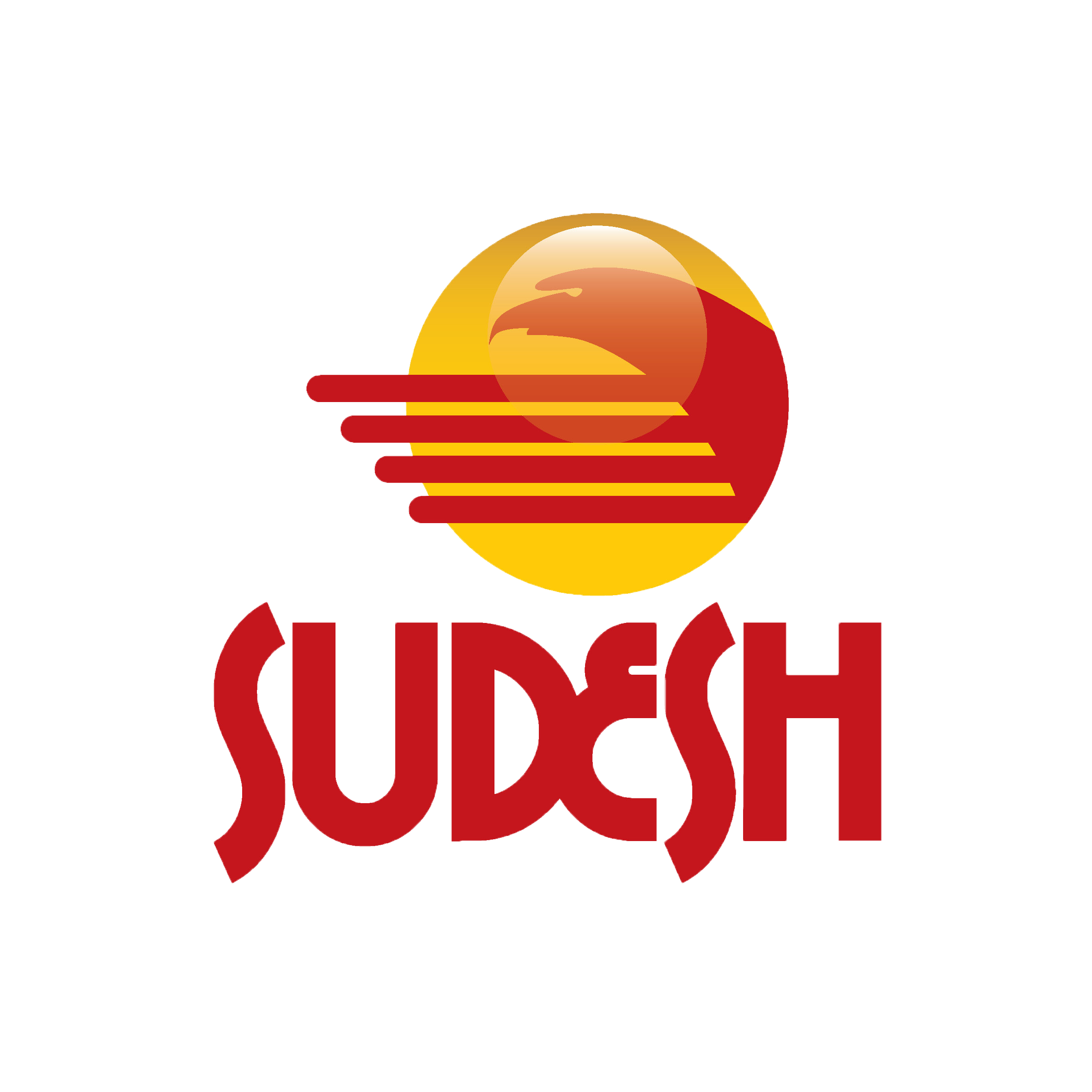According to Forbes, companies with gender-diverse teams perform, on average, 20% better than their competitors, while those that are culturally and ethnically diverse are 33% more likely to “experience industry-leading profitability.
According to Wikipedia, Team diversity refers to the differences between individual members of a team that can exist on various dimensions like age, nationality, religious background, functional background or task skills, sexual orientation, and political preferences, among others.
We all know about how diversity can impact performance, team member satisfaction, or the innovative capacity of a team yet it’s the most controversial principle of team building.
The word itself has become so tightly linked to debates on race and gender. Some say that diversity isn’t a principle, because there was a time not too long ago when many successful teams didn’t appear to be diverse at all. But while there was less visible diversity because of the time and place in which those teams operated, we posit that there has always been plenty of diversity (of thought, approach, skills, etc.) on high-achieving teams.
But too often everyone on a team went to the same schools and came from the same socioeconomic background. Including diversity of race and gender on any team represents a huge step forward, as ideally, a team should include a rich mix of culture, experience, and viewpoint. Only then do you get the differing perspectives and feedback that lead to greater resiliency and more creative solutions.
The diversity of a team needs space to express its utility.
If you’re looking for diversity as a team-building strategy, be ready for:
- “Controlled explosions,” more unusual people, more lack of symmetry in members and practices to deliberately challenge themselves before the market throws them a curveball.
- Image scrutiny. Companies that deliberately pursue team diversity receive many “lights”
- Abandoning rules and embracing principles. Rules safeguard the managers and enforce order among the immature staff. Principles direct highly driven individuals who deliver consistent results. Does it mean that diverse teams operate in total anarchy? No My point is they operate with minimal rules- just enough to create structure.
Can you handle diversity?








